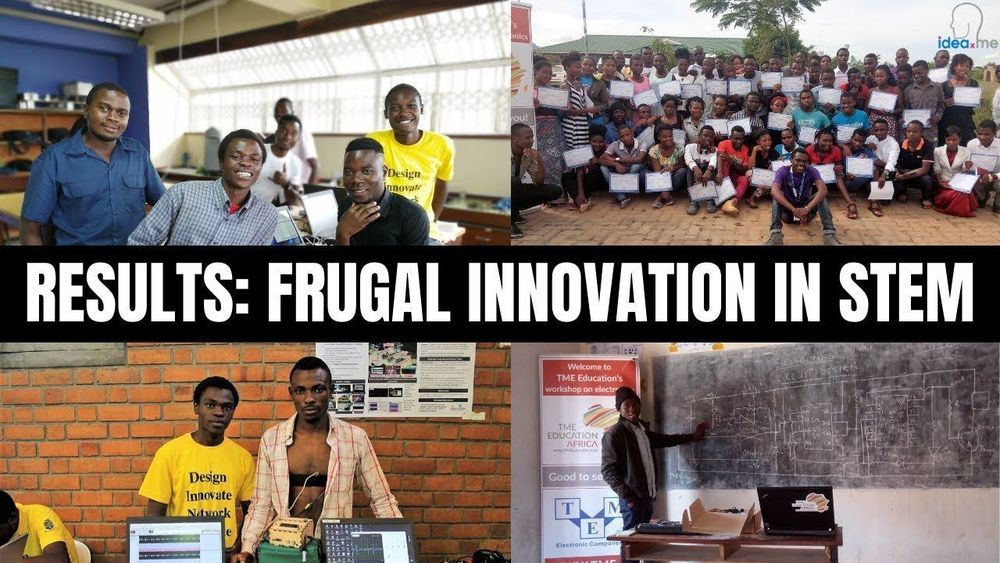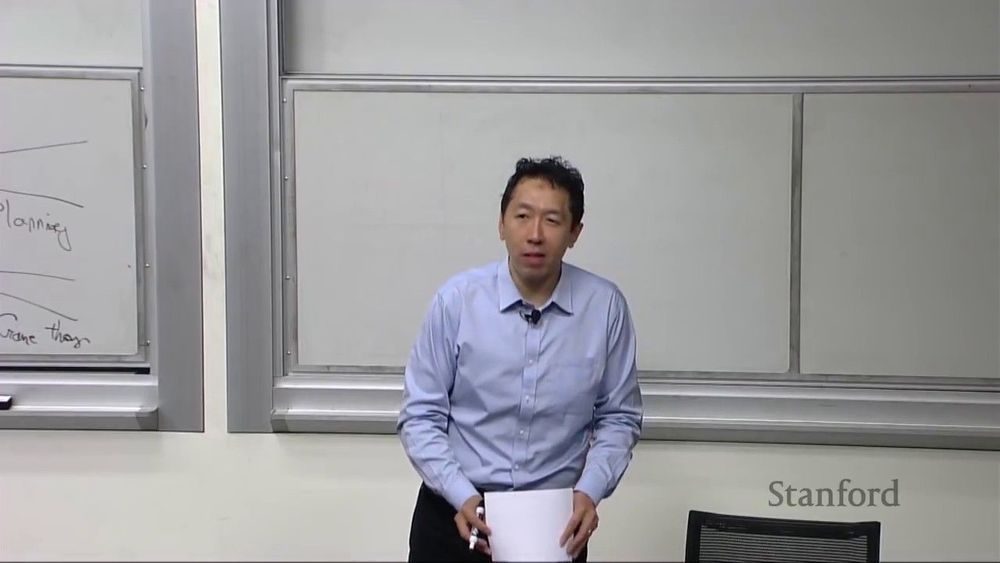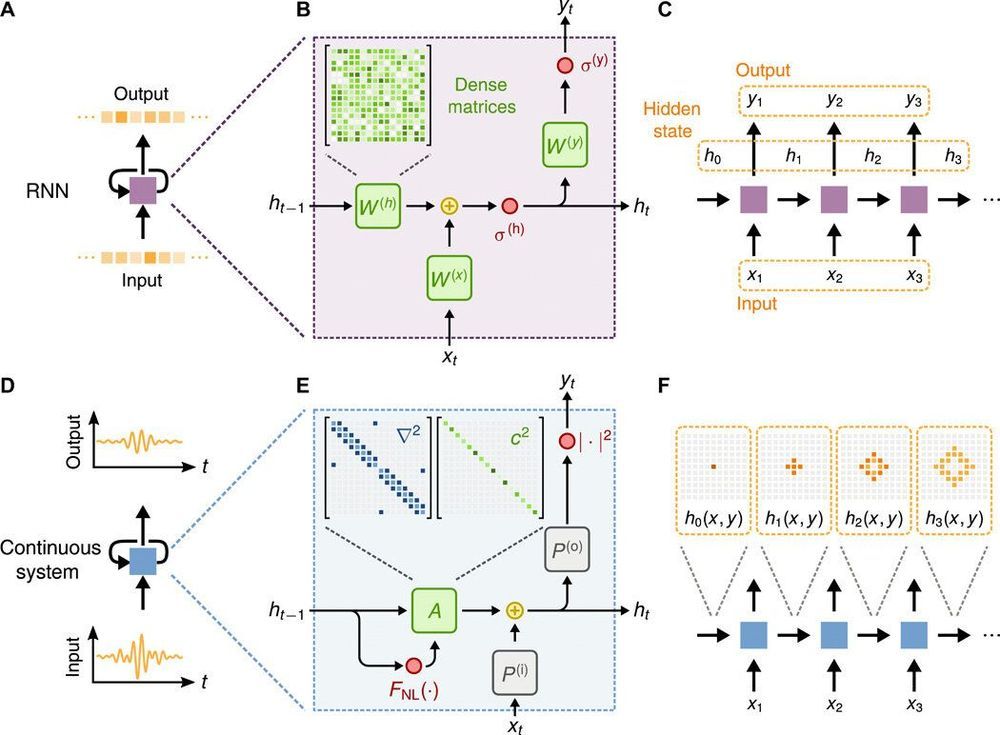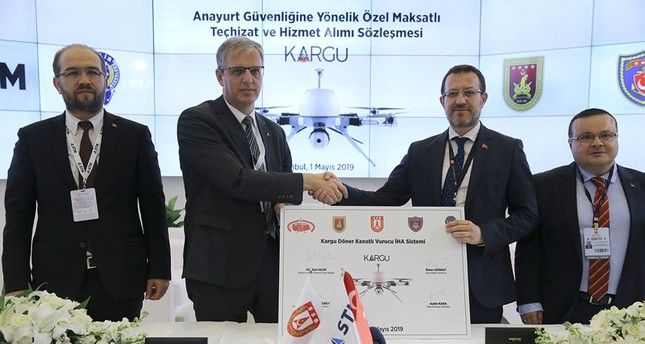Archive for the ‘engineering’ category: Page 152
Jan 16, 2020
AI Can Spot Low Glucose Levels Without Fingerprick Test
Posted by Genevieve Klien in categories: biotech/medical, engineering, robotics/AI, wearables
Researchers have developed a new Artificial Intelligence (AI)-based technique that can detect low-sugar levels from raw ECG signals via wearable sensors without any fingerprint test. Current methods to measure glucose requires needles and repeated fingerpicks over the day. Fingerpicks can often be painful, deterring patient compliance.
The new technique developed by researchers at University of Warwick works with an 82 per cent reliability, and could replace the need for invasive finger-prick testing with a needle, especially for kids who are afraid of those.
“Our innovation consisted in using AI for automatic detecting hypoglycaemia via few ECG beats. This is relevant because ECG can be detected in any circumstance, including sleeping,” said Dr Leandro Pecchia from School of Engineering in a paper published in the Nature Springer journal Scientific Reports.
Jan 16, 2020
Software detects backdoor attacks on facial recognition
Posted by Saúl Morales Rodriguéz in categories: cybercrime/malcode, engineering, military, robotics/AI
As the U.S. Army increasingly uses facial and object recognition to train artificial intelligent systems to identify threats, the need to protect its systems from cyberattacks becomes essential.
An Army project conducted by researchers at Duke University and led by electrical and computer engineering faculty members Dr. Helen Li and Dr. Yiran Chen, made significant progress toward mitigating these types of attacks. Two members of the Duke team, Yukun Yang and Ximing Qiao, recently took first prize in the Defense category of the CSAW ‘19 HackML competition.
“Object recognition is a key component of future intelligent systems, and the Army must safeguard these systems from cyberattacks,” said MaryAnne Fields, program manager for intelligent systems at the Army Research Office. “This work will lay the foundations for recognizing and mitigating backdoor attacks in which the data used to train the object recognition system is subtly altered to give incorrect answers. Safeguarding object recognition systems will ensure that future Soldiers will have confidence in the intelligent systems they use.”
Jan 14, 2020
The desperate race to cool the ocean before it’s too late
Posted by Quinn Sena in categories: climatology, engineering, sustainability
Holly Jean Buck is a fellow at UCLA’s Institute of the Environment and Sustainability. This is an adapted excerpt from her upcoming book After Geoengineering: Climate Tragedy, Repair, and Restoration (September 2019, Verso Books).
Jan 11, 2020
Wave physics as an analog recurrent neural network
Posted by Paul Battista in categories: engineering, mapping, physics, robotics/AI
Analog machine learning hardware offers a promising alternative to digital counterparts as a more energy efficient and faster platform. Wave physics based on acoustics and optics is a natural candidate to build analog processors for time-varying signals. In a new report on Science Advances Tyler W. Hughes and a research team in the departments of Applied Physics and Electrical Engineering at Stanford University, California, identified mapping between the dynamics of wave physics and computation in recurrent neural networks.
The map indicated the possibility of training physical wave systems to learn complex features in temporal data using standard training techniques used for neural networks. As proof of principle, they demonstrated an inverse-designed, inhomogeneous medium to perform English vowel classification based on raw audio signals as their waveforms scattered and propagated through it. The scientists achieved performance comparable to a standard digital implementation of a recurrent neural network. The findings will pave the way for a new class of analog machine learning platforms for fast and efficient information processing within its native domain.
The recurrent neural network (RNN) is an important machine learning model widely used to perform tasks including natural language processing and time series prediction. The team trained wave-based physical systems to function as an RNN and passively process signals and information in their native domain without analog-to-digital conversion. The work resulted in a substantial gain in speed and reduced power consumption. In the present framework, instead of implementing circuits to deliberately route signals back to the input, the recurrence relationship occurred naturally in the time dynamics of the physics itself. The device provided the memory capacity for information processing based on the waves as they propagated through space.
Jan 8, 2020
Domestically-developed kamikaze drones to join Turkish army’s inventory as of 2020
Posted by Mike Diverde in categories: drones, engineering, military, robotics/AI
Coming soon to crowd suppression near you…
30 upgraded KARGU (Autonomous Tactical Multi-Rotor Attack UAV) kamikaze drones developed by Turkish defense contractor Defense Technologies Engineering and Trade Inc. (STM) will join the Turkish Armed Forces’ inventory as of 2020 to take part in critical operations in the country’s east and along the Syrian border.
The KARGU battle drone, which was developed by the STM to support the tactical and field needs of Turkish security forces, eliminates targets more efficiently with new features such as enhanced ammo capacity and improved accuracy. The 30 drones will also have the capacity to destroy an entire brigade and warship.
Jan 8, 2020
How To Innovate In Biomedicine With Limited Resources For Big Results
Posted by Eithen Pasta in categories: biotech/medical, cyborgs, drones, engineering, mobile phones, robotics/AI

STEM Bootstrapping in Bio-Medicine! — On this recent ideaXme (https://radioideaxme.com/) episode, I was joined by 24 year old Malawian inventor, Sanga Marcarios Kanthema, founder and CEO of two companies, Dolphin Health Innovations and QubiX Robotics, who’s bringing health tech innovations to one of the world’s poorest countries — #Ideaxme #Malawi #Robotics #EKG #Stethoscope #Prosthetics #MobileHealth #SmartPhones #Telemedicine #MedicalDrones #Health #Wellness #Longevity #IraPastor #Bioquark #Regenerage
Ira Pastor, ideaXme exponential health ambassador and founder of Bioquark, interviews Sanga Kanthema, 24 year old electronics specialist and founder and CEO of two Malawi-based companies, Dolphin Health Innovations and QubiX Robotics.
Continue reading “How To Innovate In Biomedicine With Limited Resources For Big Results” »
Jan 4, 2020
Steven Kwast | The Urgent Need for a U.S. Space Force
Posted by Paul Velho in categories: education, engineering, ethics, government, law, policy, sex, space

Starfleet Begins
Steven L. Kwast is a retired Air Force general and former commander of the Air Education and Training Command at Joint Base San Antonio-Randolph. A graduate of the United States Air Force Academy with a degree in astronautical engineering, he holds a master’s degree in public policy from Harvard’s Kennedy School of Government. He is a past president of the Air Force’s Air University in Montgomery, Alabama, and a former fighter pilot with extensive combat and command experience. He is the author of the study, “Fast Space: Leveraging Ultra Low-Cost Space Access for 21st Century Challenges.”
Continue reading “Steven Kwast | The Urgent Need for a U.S. Space Force” »
Jan 1, 2020
Physicists create highly efficient rocket fuel
Posted by Genevieve Klien in categories: engineering, physics, space travel
Scientists at the Faculty of Physics and Engineering, working with the Tomsk company Scientific and Production Center Chemical Technologies, have created and tested an improved model of a hybrid rocket engine. The team synthesized new fuel components that increased its calorie content, and therefore its efficiency.
The development emerged from a project to improve the design of a solid–fuel hybrid rocket engine and the fuel used in such engines. The scientists mathematically modeled an optimized engine and made fuel compositions based on aluminum diboride and dodecaboride. This is one of the most promising areas increasing fuel efficiency.
Rocket fuel with the addition of the components proposed by TSU specialists is distinguished by the highest calorific value, which characterizes fuel efficiency. Alexander Zhukov, professor at the Department of Mathematical Physics says that boron is the highest-energy solid component known today, but directly introducing it into the fuel is inefficient because a dense oxide film forms, leading to a high degree of burning out. But in combination with aluminum, boron burns well and increases energy.
Dec 29, 2019
New rules illuminate how objects absorb and emit light
Posted by Saúl Morales Rodriguéz in category: engineering
Princeton researchers have uncovered new rules governing how objects absorb and emit light, fine-tuning scientists’ control over light and boosting research into next-generation solar and optical devices.
The discovery solves a longstanding problem of scale, where light’s behavior when interacting with tiny objects violates well-established physical constraints observed at larger scales.
“The kinds of effects you get for very small objects are different from the effects you get from very large objects,” said Sean Molesky, a postdoctoral researcher in electrical engineering and the study’s first author. The difference can be observed in moving from a molecule to a grain of sand. “You can’t simultaneously describe both things,” he said.















